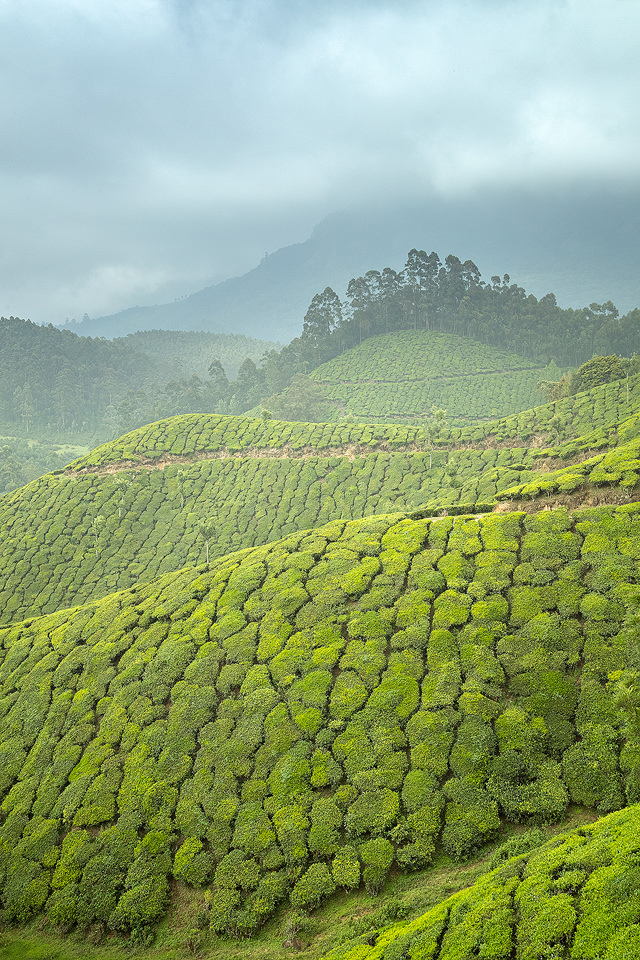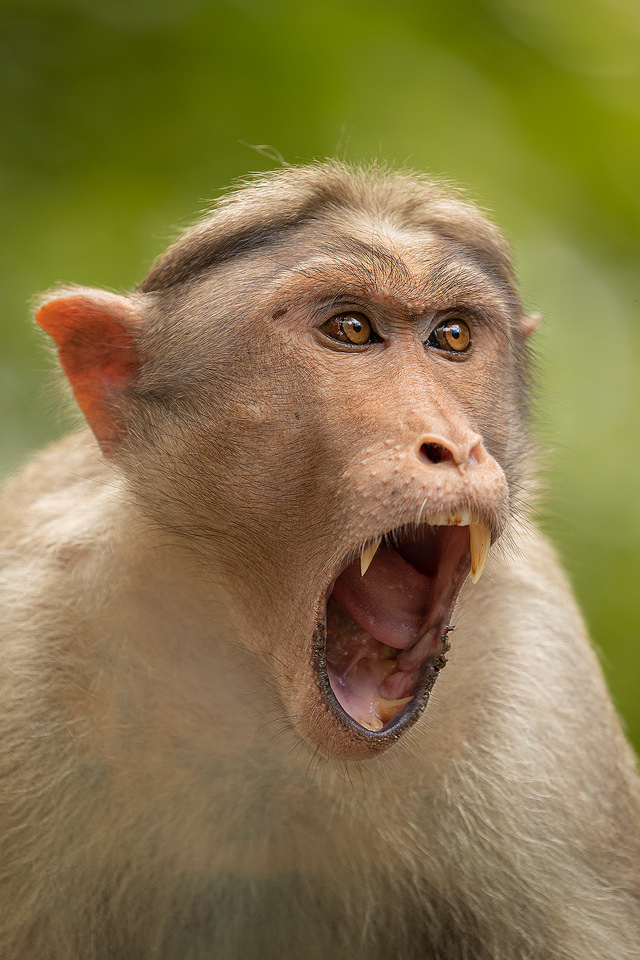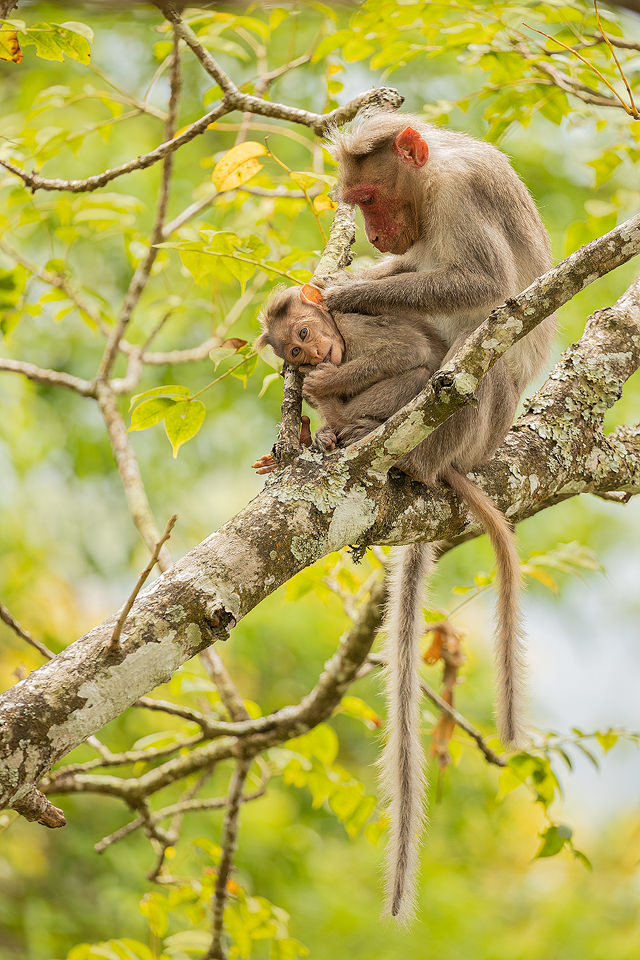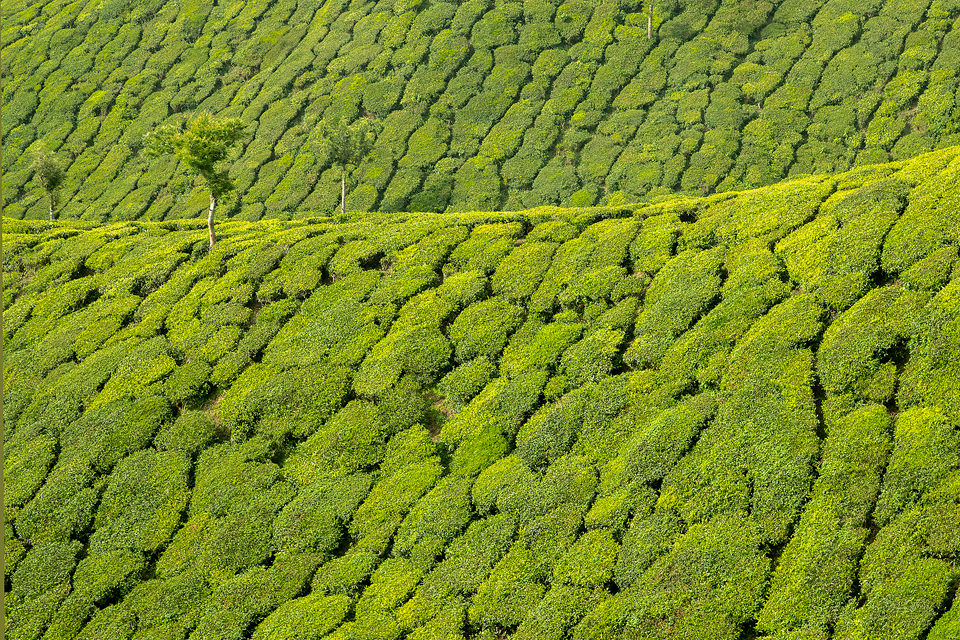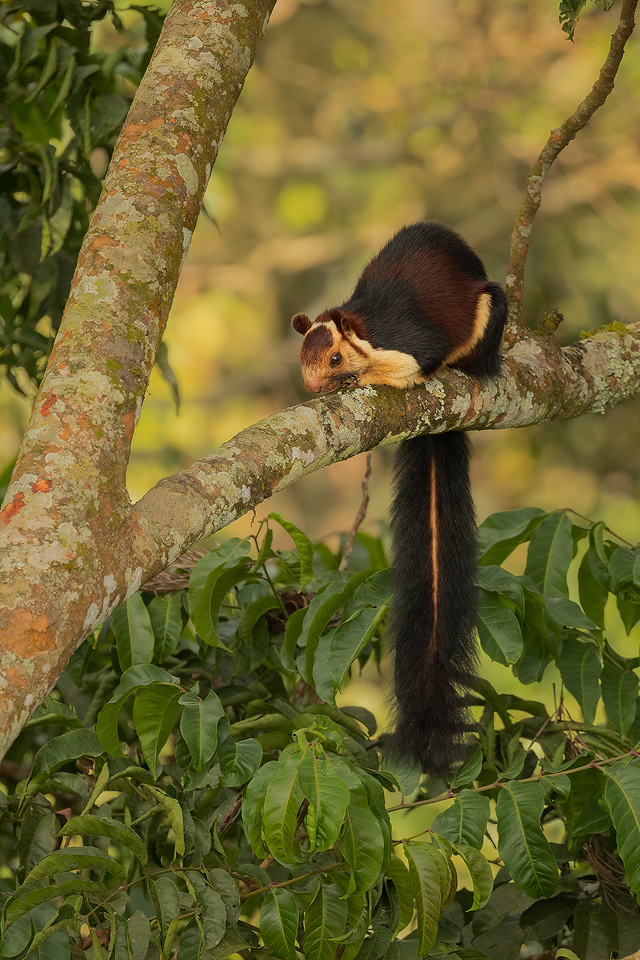Published: 18th August 2021 at 5:39 am. Posted in Blog.
Munnar also known as the “Kashmir of South India” is a mountainous region in the Western Ghats of Kerala, South India. The area is famous for having some of the most elevated tea plantations in the world. The town of Munnar, located in the Idukki district of Kerala, is situated at around 1,600 metres (5,200 ft) above sea level.
Munnar is a popular tourist destination, famous for its picturesque setting and range of adventure activities such as camping, wildlife watching and mountain trekking.
Munnar is also perfect for escaping the unbearable Indian summers. High in the hills, the climate is considerably cooler than the surrounding low-lying regions.
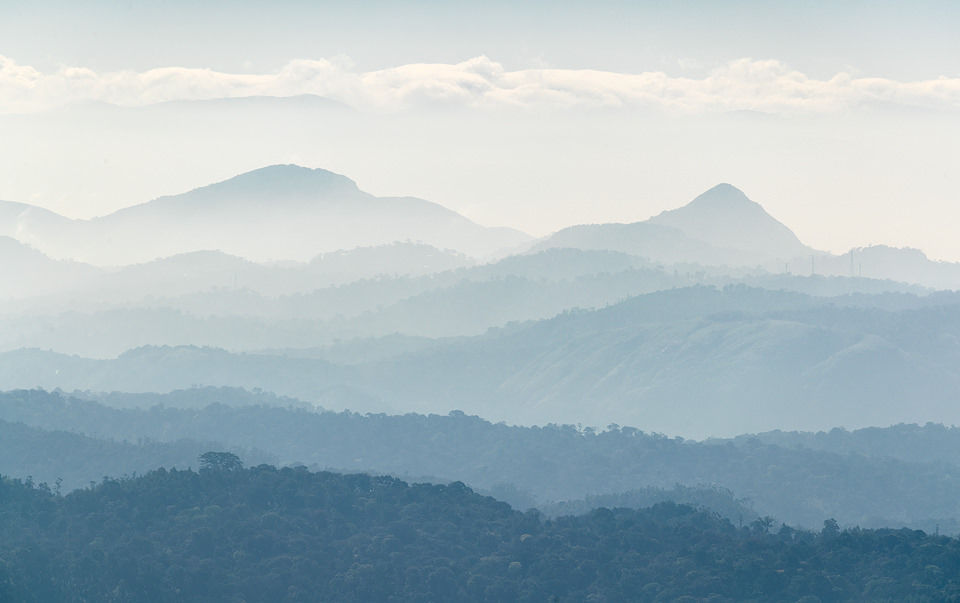
Mountain Layers of the Western Ghats
Wildlife of Munnar:
The green hills of Munnar are home to a range of threatened and endemic species including the Bonnet macaque, Nilgiri Thar, the grizzled giant squirrel, the Nilgiri wood-pigeon, Indian elephant, gaur, the Nilgiri langur and the stunning neelakurinji flower which blossoms only once every twelve years.

The bonnet macaque (Macaca radiata), also known locally as ‘zati‘, is a species of old world monkey endemic to southern India.
Bonnet Macaques can be found in evergreen high forests and dry deciduous forests throughout the Western Ghat Mountains. In the north, their natural range overlaps with the Rhesus macaque, with which these animals compete. They can be easily distinguished from the related rhesus macaques, by the a cap-like fur on their heads that points outward from the centre.
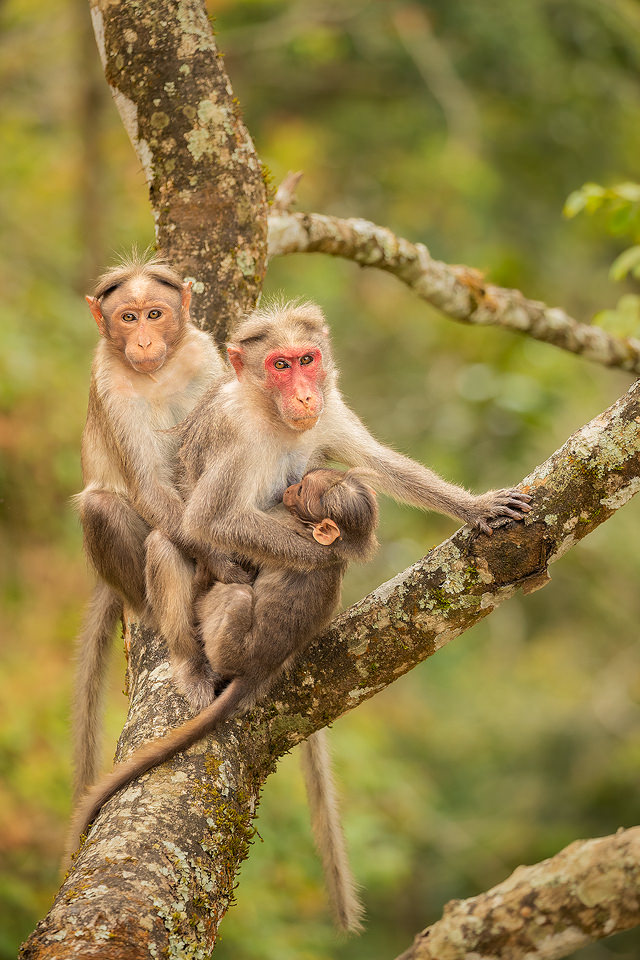
Bonnet Macaque Family
Bonnet macaques are omnivorous, feeding on a wide variety of foods including fruits, nuts, seeds, leaves, berries, flowers and foliage, supplementing this diet with bird eggs and various invertebrates. In areas where their territory is close to human settlements they rely heavily on food given by humans and regularly raid crops, temples and houses for food. This behaviour puts the macaques in serious conflict with humans and they are regularly killed or caught and sold into captivity.
Eravikulam National Park
Munnar’s most famous national park is the stunning Eravikulam national park. Due to its elevated position on the slopes of Anamudi peak (South Indias highest peak) the views from this national park are truly outstanding. The park features multitudes of impressive waterfalls, the largest population of the endangered Nilgiri Tahr and one of the most impressive neelakurinji blossoms.
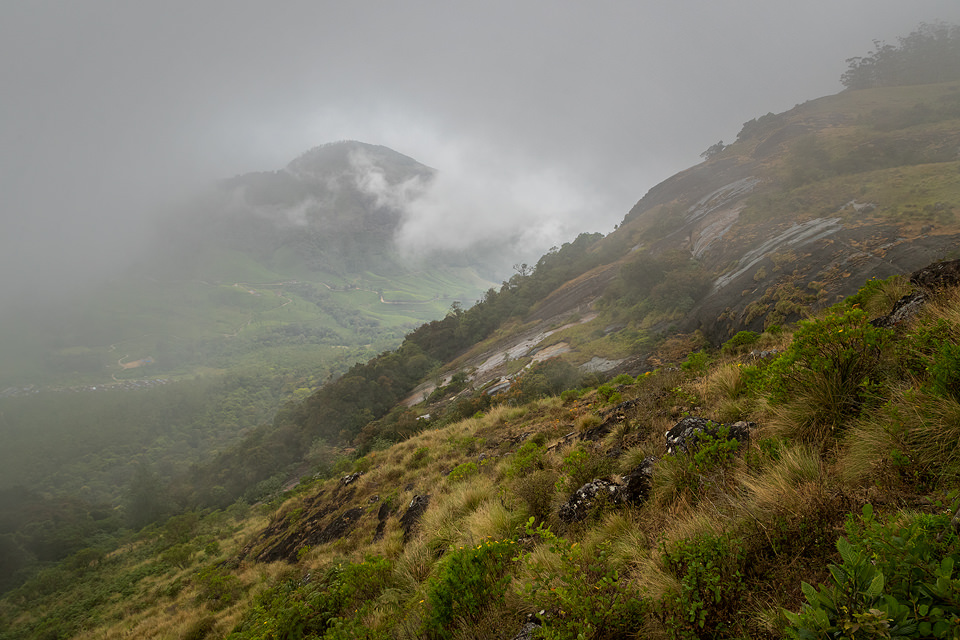
View from Anamudi Peak, Eravikulam National Park, India.
Anamudi is the the highest peak in south India, standing at an impressive height of 2695m.
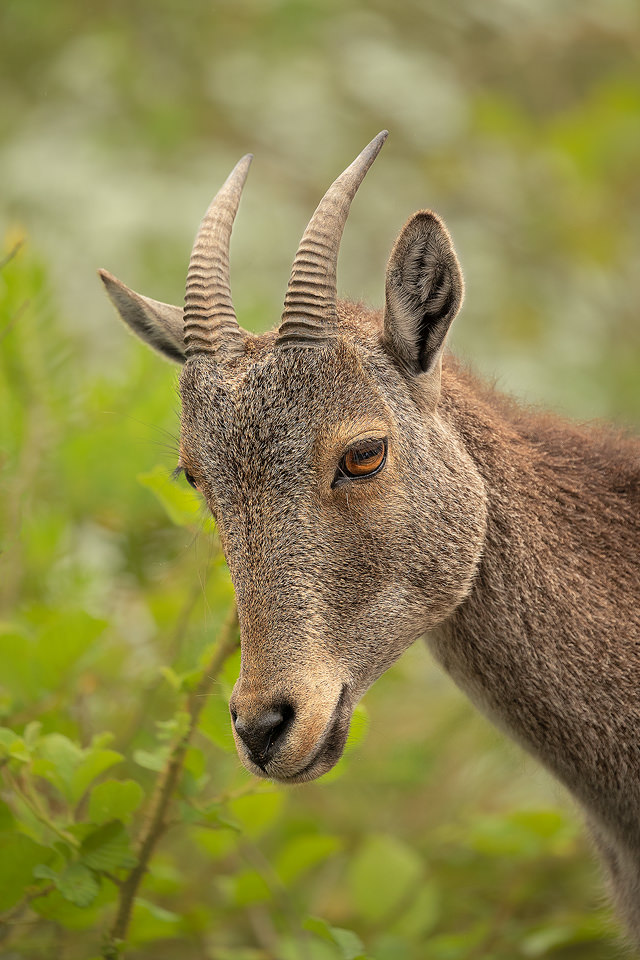
Nilgiri Tahr portrait
The Nilgiri Tahr, (Nilgiritragus hylocrius) is an endangered ungulate in the genus caprid. They are listed in Schedule I of the Wildlife protection Act 1972 and categorised as ‘endangered’ by the IUCN.
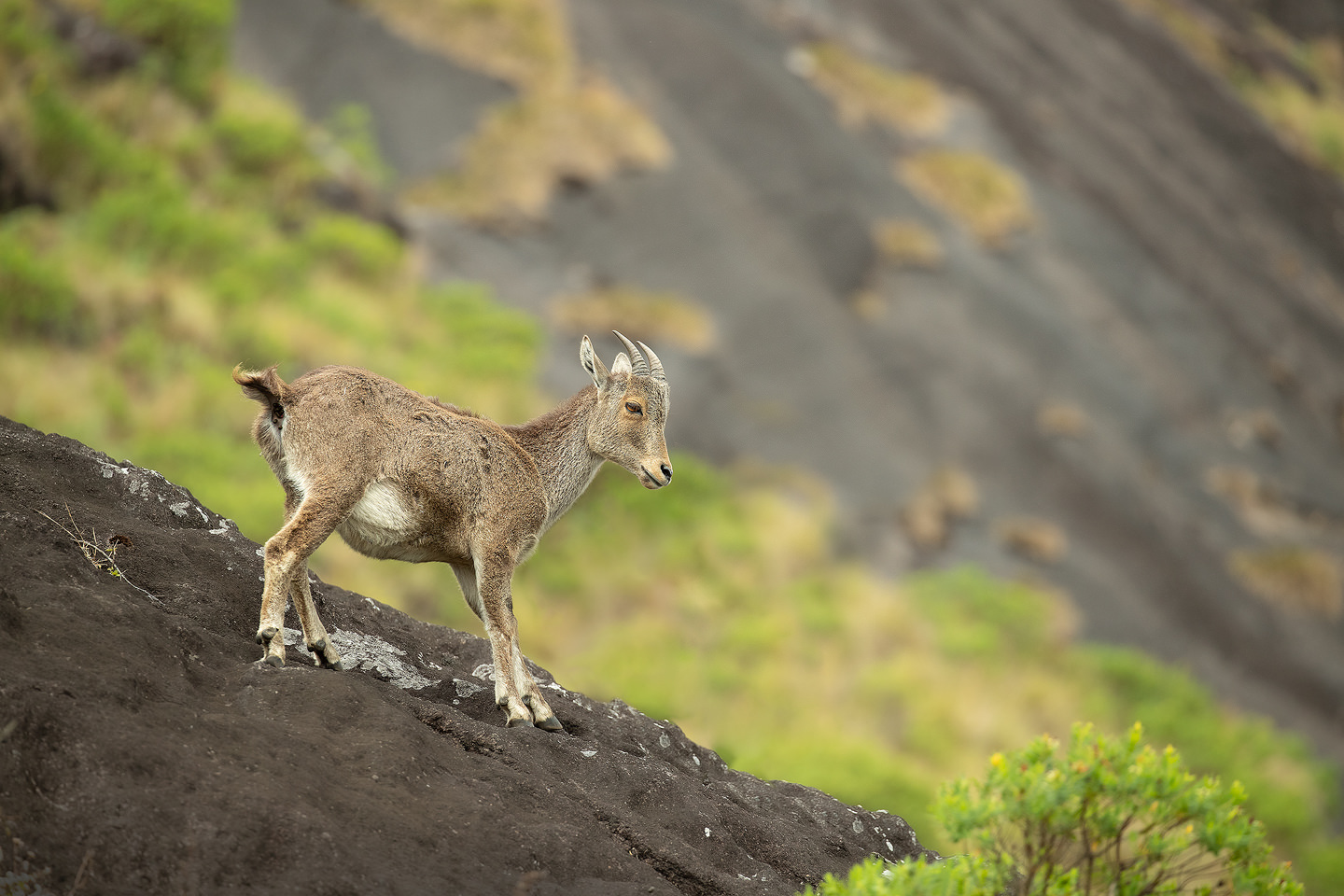
Nilgiri Tahr standing on an exposed rock face, Anamudi Peak, Eravikulam National Park.
Nilgiri Tahrs are endemic to the hill ranges of the Western Ghats of India, found in suitable habitat of Montane Grasslands and rugged mountain terrain. It is estimated 800 Tahr inhabit Eravikulam National Park, making it the world’s largest wild population.

